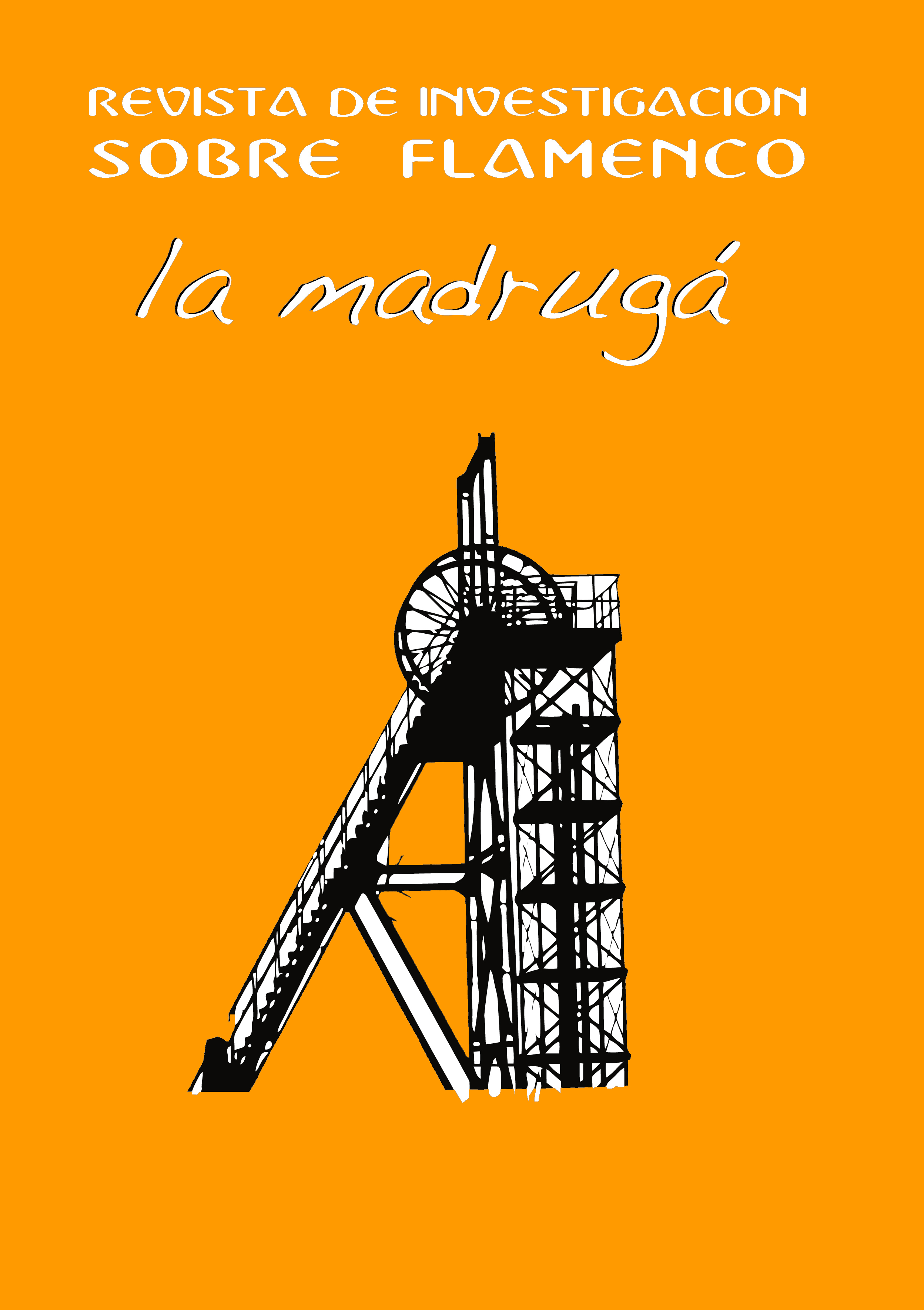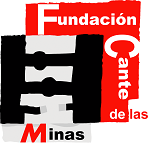Silencio, cuerpo y baile: el lugar que ocupa un signo en el baile flamenco
Abstract
Silence, body and dance offers a look at the signs used in flamenco dancing, an observation that appeals to reflection. What is silence? How it operates in the body and how flamenco needs it to create. Here there is a tension between meaning and signifier, a characteristic that determines the style and defines the code
Understanding silence and its use in flamenco is translating the sign, engaging the dialogue between singing and dancing so that this space called silence exists, determined at the same time what is flamenco and what is not. Then, the silence becomes readable and builds a sign that gives identity to the dance itself.
We could infer that in opposition to sound -associated with the masculine-, silence is also associated with the feminine, for which our signifier implies a genre. The feminine and masculine in dance is established by the type of movement, linear, straight or curved and sinuous, but here the sound of the feet is established as a world inhabited by men while the movement of arms belongs to women. Although this rupture seems to be more a construction of the own sign created for the dance, than a question of the genre of the dance itself.
Downloads
-
Abstract1113
-
Claudio Vaudagna (Español...1794
References
ARROYAVE MONTOYA, Myriam. (2013). Silencio... Se escucha el silencio. Calle 14: Revista de investigación en el campo del arte, vol. 8, n.º 11, pp. 140-153.
BARTHES, Roland (2004). Lo Neutro. México: Siglo XXI.
ESCUDERO, Vicente (1947/2017). Mi baile: decálogo. Sevilla: Athenaica.
PABLO, Eulalia y NAVARRO, José Luis (2007). Figuras, Pasos y Mudanzas. Sevilla: Almuzara.
PEÑA, María Teresa (1969). Teoría y práctica del baile flamenco. Madrid: Aguilar.
ROMERO, Pedro G. (1999/2013). Hueso de la mano y el pie. Comentarios a las relaciones entre vanguardia y flamenco en la figura de Vicente Escudero. En Isabel de Naverán y Amparo Écija (Eds.). Lectura sobre danza y coerografía. Madrid: Artea Editoras, pp. 108 - 120.
STEINGRESS, Gerhard (2006). Y Carmen se fué a París. España: Almuzara.
VAUDAGNA ARANGO, Gabriel (2015). Post Flamenco. Buenos Aires: Dunken.
VV.AA. (2005). Diccionario de la lengua española. España: Espasa-Calpe.
Las obras que se publican en esta revista están sujetas a los siguientes términos:
1. El Servicio de Publicaciones de la Universidad de Murcia (la editorial) conserva los derechos patrimoniales (copyright) de las obras publicadas, y favorece y permite la reutilización de las mismas bajo la licencia de uso indicada en el punto 2.
2. Las obras se publican en la edición electrónica de la revista bajo una licencia Creative Commons Reconocimiento-NoComercial-SinObraDerivada 3.0 España (texto legal). Se pueden copiar, usar, difundir, transmitir y exponer públicamente, siempre que: i) se cite la autoría y la fuente original de su publicación (revista, editorial y URL de la obra); ii) no se usen para fines comerciales; iii) se mencione la existencia y especificaciones de esta licencia de uso.
3. Condiciones de auto-archivo. Se permite y se anima a los autores a difundir electrónicamente las versiones pre-print (versión antes de ser evaluada) y/o post-print (versión evaluada y aceptada para su publicación) de sus obras antes de su publicación, ya que favorece su circulación y difusión más temprana y con ello un posible aumento en su citación y alcance entre la comunidad académica. Color RoMEO: verde.









